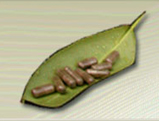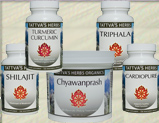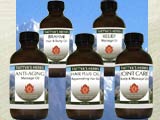Sanskrit name: Ardraka
Botanical name: Zingiber Officinale
Habitat: Ginger is a perennial plant that grows in India, China, Mexico, and several other countries.
Energetics:
- Rasa (taste): Pungent, sweet
- Virya (action): heating
- Vipaka (post-digestive effect): sweet
- Doshas (constitutions): Balancing for vata and kapha, may aggravate pitta
The dried rhizome of ginger contains approximately 1-4% volatile oils. These are the medically active. The aromatic principles include Zingiberene and Bisabolene, while the pungent principles are known as Ginerols and Shogaols.
General information
Aromatic, pungent and spicy, ginger has been used to add zest and pizzazz to cuisines all over the world. This knobby and humble looking root has so much more to offer than just seasoning and spicing up a meal. It is, in fact, one of the world’s oldest and most recognized healing herbs. Ginger is most commonly known as a remedy for digestive discomfort.
For centuries, ancient Chinese practitioners have used ginger for treating upset stomachs, nausea, diarrhea, and for easing congestion In India, which is the world’s #1 producer of ginger, this wonderful root has been used to treat many additional symptoms such as muscle pain, menstrual cramps, and inflammation of the joints from arthritis and rheumatism. With its seductive scent and stimulating powers, ginger is even mentioned in the Kama Sutra as an aphrodisiac- beneficial in improving circulation, therefore helping to increase sexual desires and powers.
Whether used as a cooking ingredient, an aphrodisiac, or a home remedy, Ginger has so many benefits and healing properties, it should be kept readily available in every household. It is literally a buried treasure!
Related Ginger Products
Ginger Extract - 120 Capsules

 Loading... Please wait...
Loading... Please wait...














